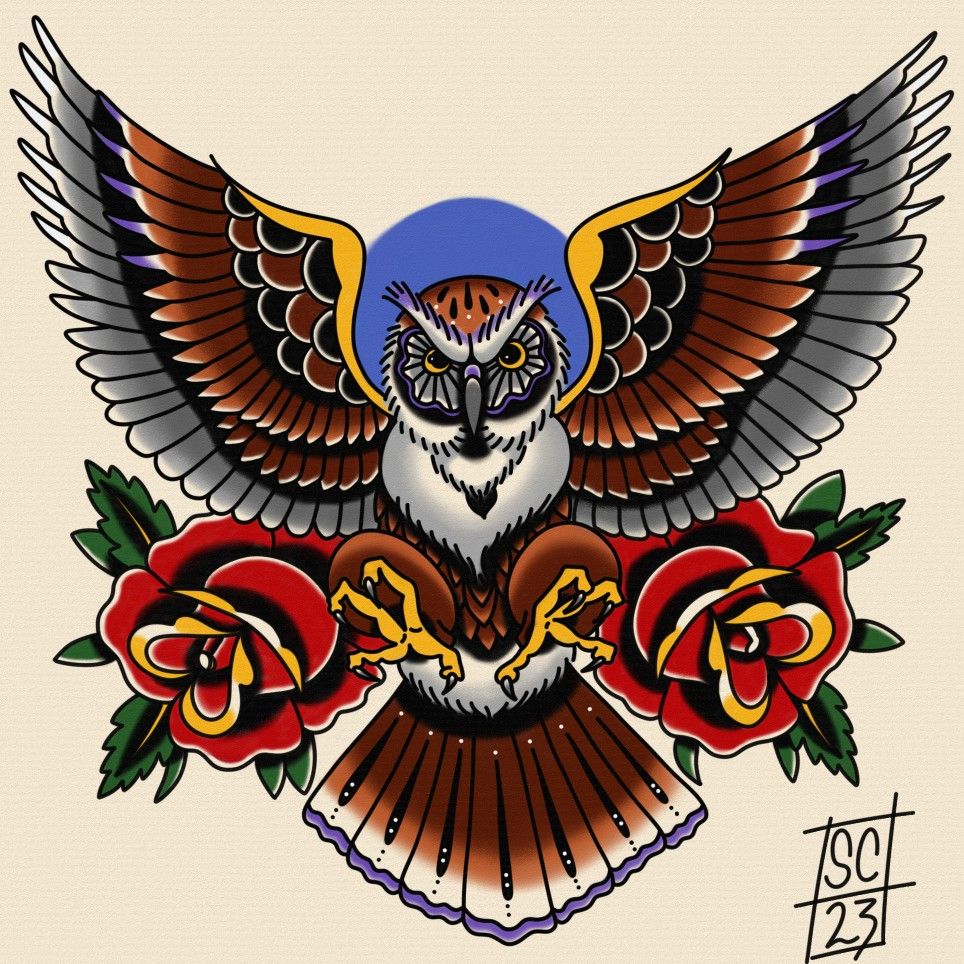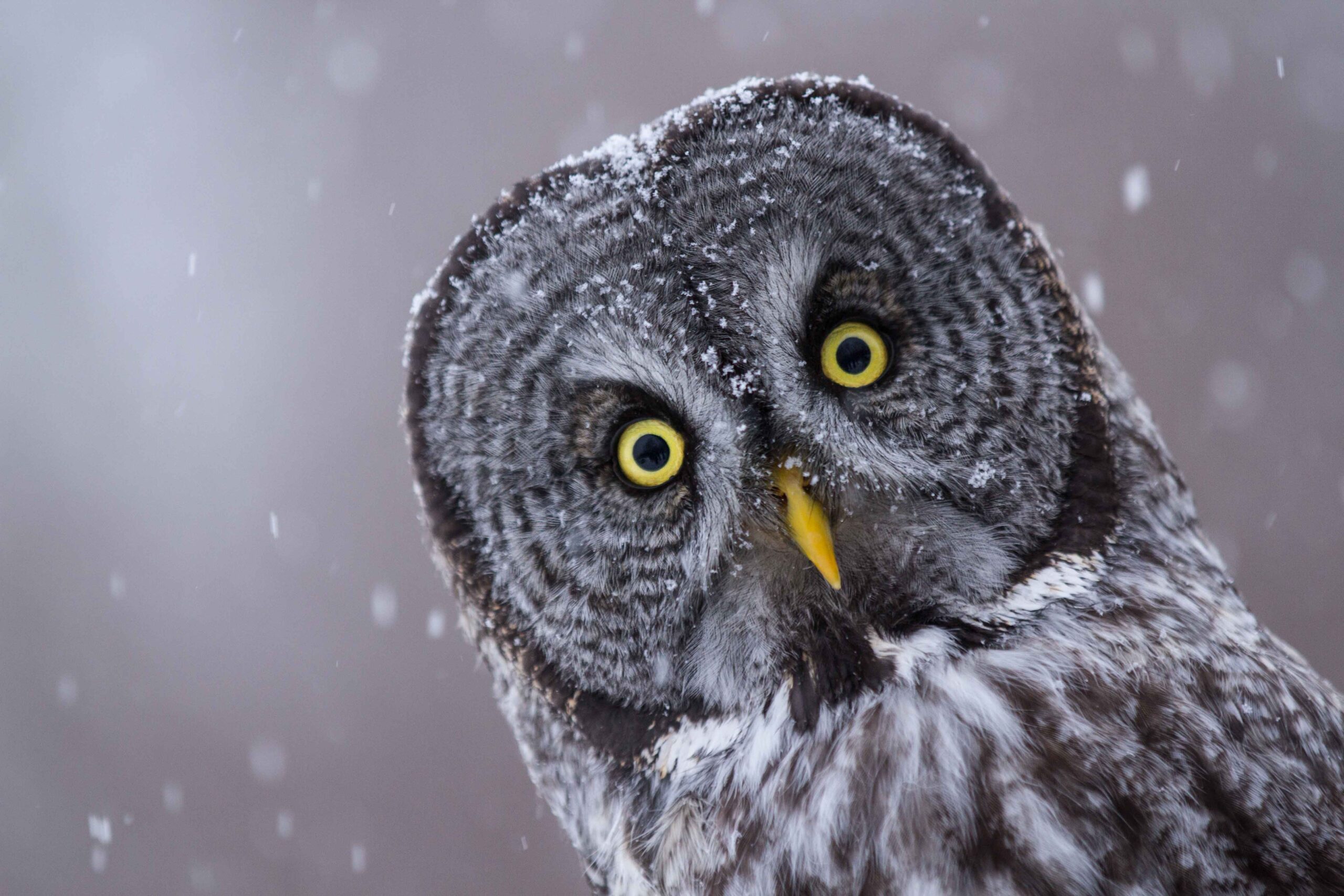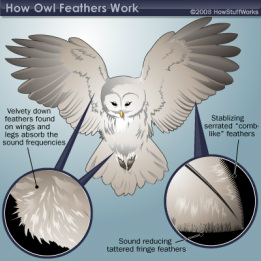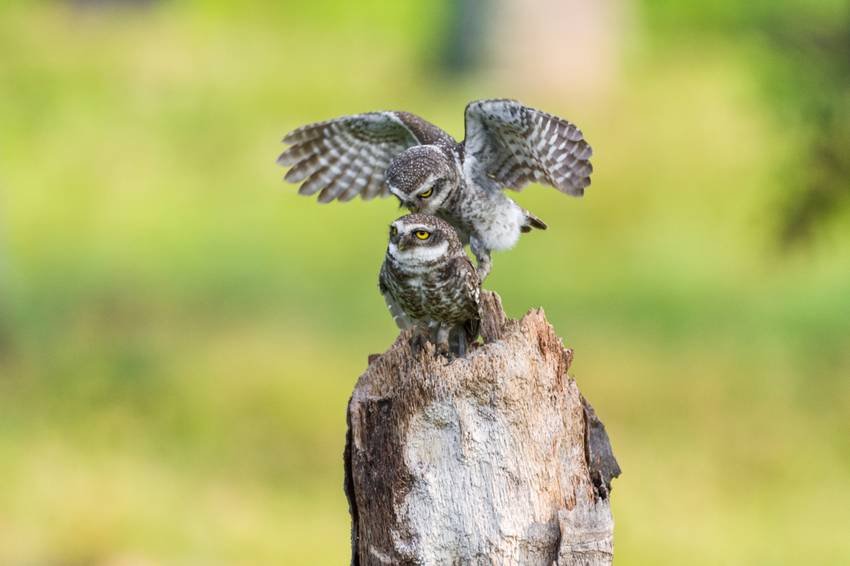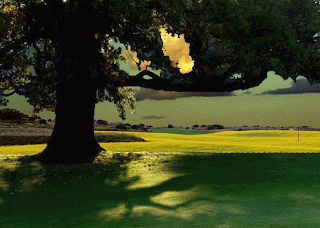Navigating the intricate landscape of software development often feels like charting a course through uncharted territories. The 7.3.7 Owls Module emerges as a beacon, a refined instrument to aid in this voyage. Consider it your sextant, guiding you to precise locations amidst the vast ocean of code. Let’s unpack this module, dissecting its core functionalities and illuminating its unique appeal.
Classic Ink: A Gallery of American Traditional Owl Tattoo Flash
American Traditional tattoos, also known as old-school tattoos, are recognizable by their bold outlines, limited color palettes, and iconic imagery. Amongst the panoply of classic motifs, the owl holds a particularly intriguing place. This compendium delves into the world of American Traditional owl tattoo flash, exploring the symbolism, design elements, and enduring appeal of these avian emblems.
The Owl in Your Logo: What This Powerful Symbol Really Means
The owl. A creature of nocturnal mystique, it commands attention. Its piercing gaze, silent flight, and haunting calls have etched themselves into the collective human psyche for millennia. More than just a bird, the owl has become a potent symbol, finding its way into mythology, art, and, significantly, the branding landscapes of modern commerce. Have you ever paused to consider the implicit message conveyed when an owl graces a company’s logo? It’s more than just a pretty picture. It’s a carefully chosen emblem, laden with historical weight and psychological resonance.
The Ultimate Predator: How Owl Adaptations for Hunting Give Them an Edge
Owls, the enigmatic raptors of the night, are nature’s quintessential predators. Their remarkable success stems from a suite of evolutionary adaptations specifically honed for nocturnal hunting. These adaptations, ranging from specialized feathers that enable silent flight to asymmetrical ears that pinpoint prey with uncanny accuracy, provide owls with an undeniable edge in the perpetual struggle for survival. Understanding these adaptations unveils the secrets behind their predatory prowess.
The Surprising Health and Productivity Benefits of Being a Night Owl
The conventional wisdom often casts night owls in a negative light, associating them with laziness or unproductivity. However, a growing body of research suggests that embracing a nocturnal chronotype can confer surprising health and productivity advantages. While early birds may reap the rewards of dawn’s tranquility, those who thrive in the twilight hours often experience cognitive and physiological benefits that defy common perceptions.
The “Adopt an Owl” Bracelet: A Stylish Way to Support Conservation
Ever pondered the confluence of fashion and philanthropy? What if adorning your wrist could contribute to the preservation of a magnificent avian predator? The “Adopt an Owl” bracelet endeavors to bridge this gap, offering a stylish accessory with a conscience. But does it truly deliver on its promise of conservation support, or is it merely a fleeting trend capitalizing on environmental sentiment?
A Beginner’s Guide to Painting an Owl with Acrylics
Embarking on the artistic journey of painting an owl with acrylics is akin to stepping into a nocturnal realm, where wisdom and mystery converge. The owl, a symbol steeped in ancient lore, offers a compelling subject for both novice and seasoned painters. This guide is your luminary, illuminating the path to create a captivating owl portrait, irrespective of your current skill echelon.
The Great Debate: Morning Lark vs. Night Owl – Which is Better?
The human experience, in its vast tapestry, is intrinsically woven with the threads of circadian rhythms. These internal clocks, ticking away in the background, dictate our sleep-wake cycles, influencing everything from our cognitive acuity to our metabolic processes. This physiological reality invariably leads us to a perennial question: Are we naturally inclined to greet the dawn with enthusiasm, or do we find our peak performance under the cloak of twilight? The answer, of course, lies somewhere along a spectrum, but the poles of “morning lark” and “night owl” represent two distinct chronotypes, each with its own unique set of advantages and challenges.
How Many Offspring Do Owls Produce in a Year?
Owls, the enigmatic sentinels of the night, evoke a sense of awe and curiosity. Their silent flight, piercing gaze, and haunting calls have captivated humankind for millennia. A common observation that fuels this fascination pertains to their reproductive prowess: How many offspring do these avian predators produce in a year? The answer, as with many aspects of owl biology, is nuanced and dependent on a confluence of factors.
Do Owls Eat Other Birds? The Shocking Size of Their Feathered Prey
Do owls, those enigmatic nocturnal raptors, consume other birds? The query itself seems almost sacrilegious, challenging our perception of the avian world as a unified, harmonious entity. Yet, the answer, unearthed from the annals of ornithological research and the observations of dedicated field biologists, reveals a more complex, sometimes brutal, reality. Indeed, owls, many of them, are not averse to including feathered brethren in their dietary repertoire.

